Get PeakVisor App
Sign In
Search by GPS coordinates
- Latitude
- ° ' ''
- Longitude
- ° ' ''
- Units of Length

Yes
Cancel
Share ×

Scan the QR code and open PeakVisor on your phone
❤ Wishlist ×
Choose
Delete
Featuring jagged peaks and rugged coastlines, the Northwest US Coast Ranges is a collection of mountains located along the coastal regions of the US states of California, Washington, and Oregon. There are 2,549 named mountains in the range, the highest of which is Mount Eddy (9,026ft/2,751m), and the most prominent of which is Mount Olympus (7,979ft/2,432m).
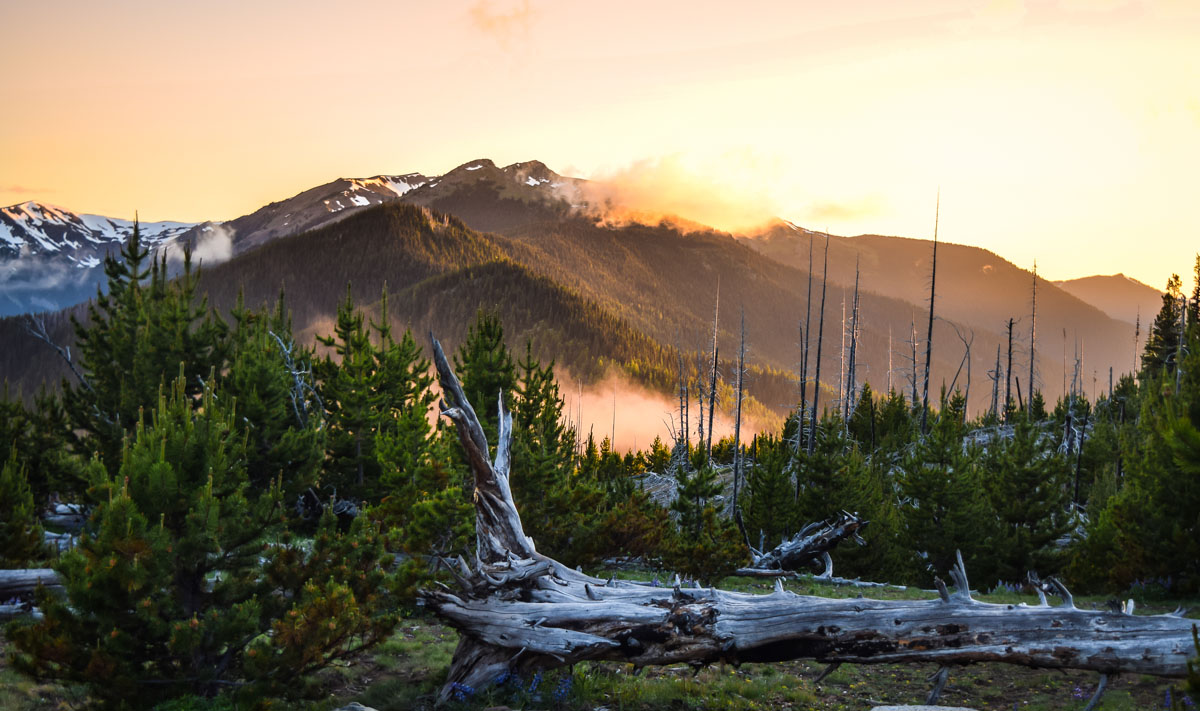
The Northwest US Coast Ranges begin just north of the San Francisco Bay area in northern California and extend through the state of Oregon into Washington. In Washington, the range terminates at the northern tip of the Olympic Peninsula, just south of the Puget Sound, Vancouver Island, and the province of British Columbia in Canada.
For most of the southern part of the range, the Northwest US Coast Ranges are bordered to the east by the California Central Valley. However, north of the valley, past the city of Redding all the way north to British Columbia, they are bordered by the Cascade Range.
As the name suggests, the Northwest US Coast Ranges are coastal, and are located along the Pacific coast for the vast majority of the western portion of their range.
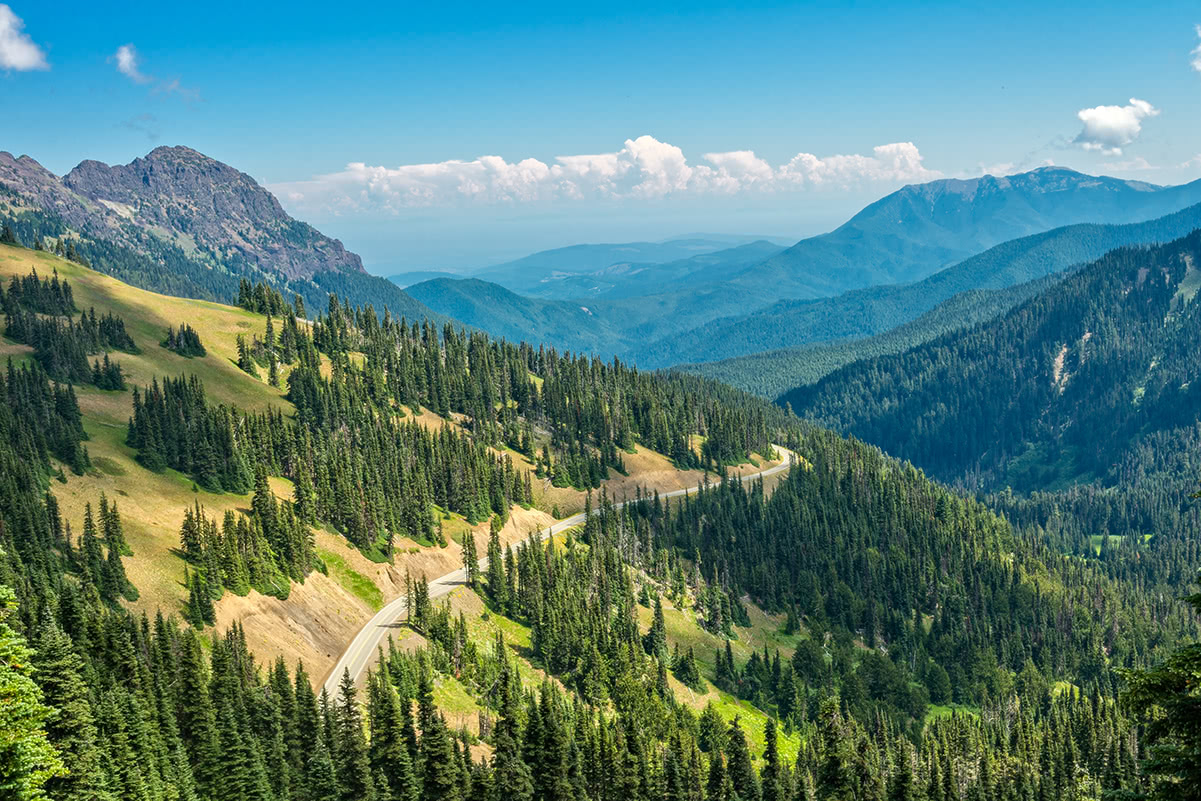
The Northwest US Coast Ranges cover a substantial area in the Pacific Northwest Region of the United States, which can be broken down by state.
Home to the southernmost extent of the Northwest US Coast Ranges, California is home to more of the range than its two northerly neighbors. Within California, the range starts to the north of the San Francisco Bay Area, which serves as a natural boundary and transition point with the Santa Cruz Mountains and the California Ranges to the south.
In the state, the peaks of the Northwest US Coast Ranges are predominantly part of 2 major subranges - the Klamath Mountains and the Mayacamas Mountains. There are 4 major national forests found within the California portion of the range, including:
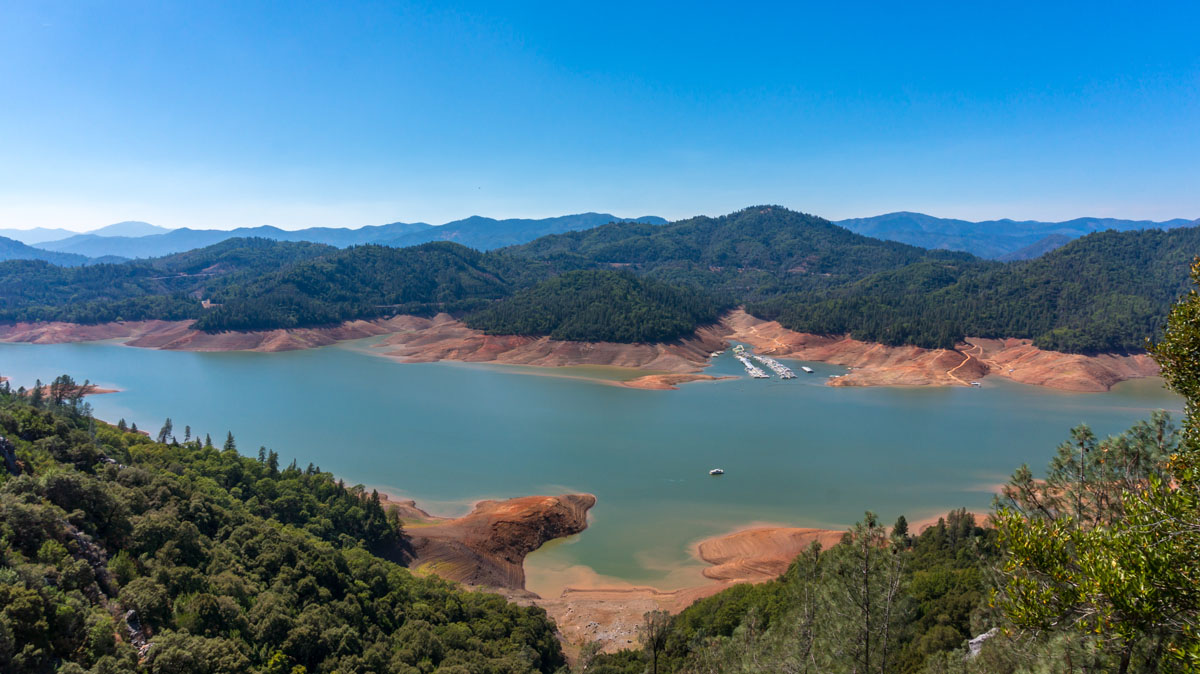
Moreover, there are a number of major national and state parks, monuments, recreation, and conservation areas, including:
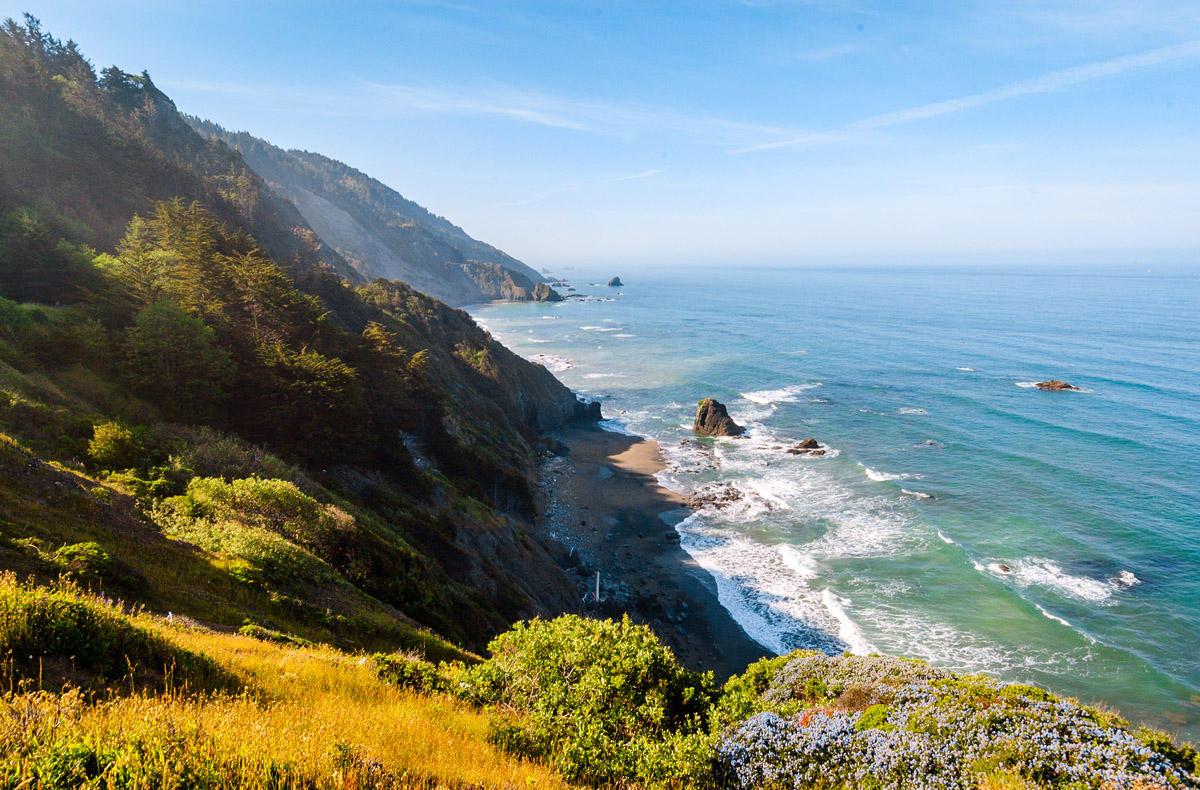
The portion of the Northwest US Coast Ranges in California to the north of the Bay Area and the city of Santa Rosa is also particularly remote. There are many popular wilderness areas in the region, such as:
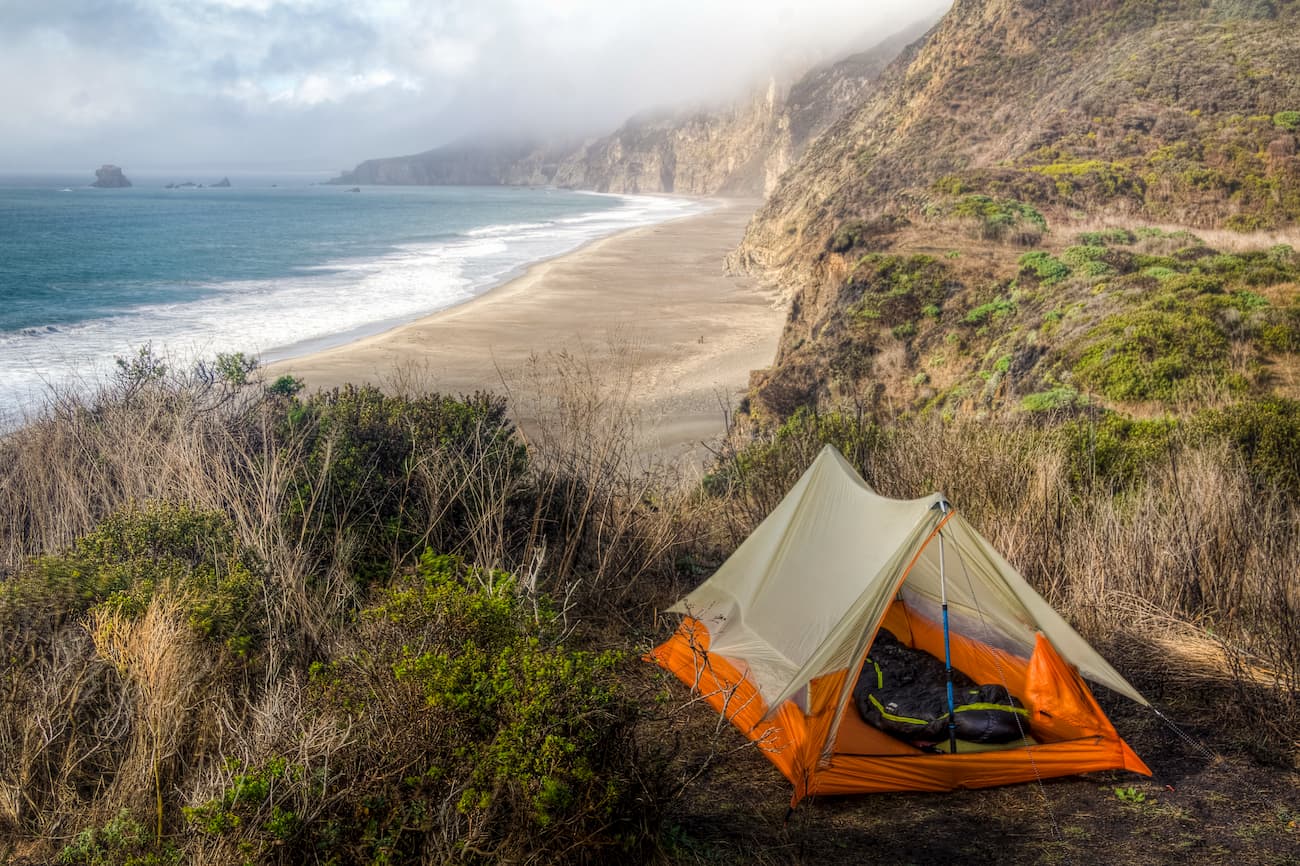
The Northwest US Coast Ranges extend along the entire coast of Oregon. They are bordered to the east by I-5, which serves as a barrier between them and the Cascade Range to the east. Much of the southern part of the western Oregon is also home to the northernmost extent of the Klamath Mountains and to much of the Siskiyou Mountains.
Compared to the portion of the range to the south in California and to the Cascade Range in the east, the Oregon section of the Northwest US Coast Ranges has substantially fewer massive swaths of public lands and recreation areas. However, there are still a number of national and state public land areas in the range, including:
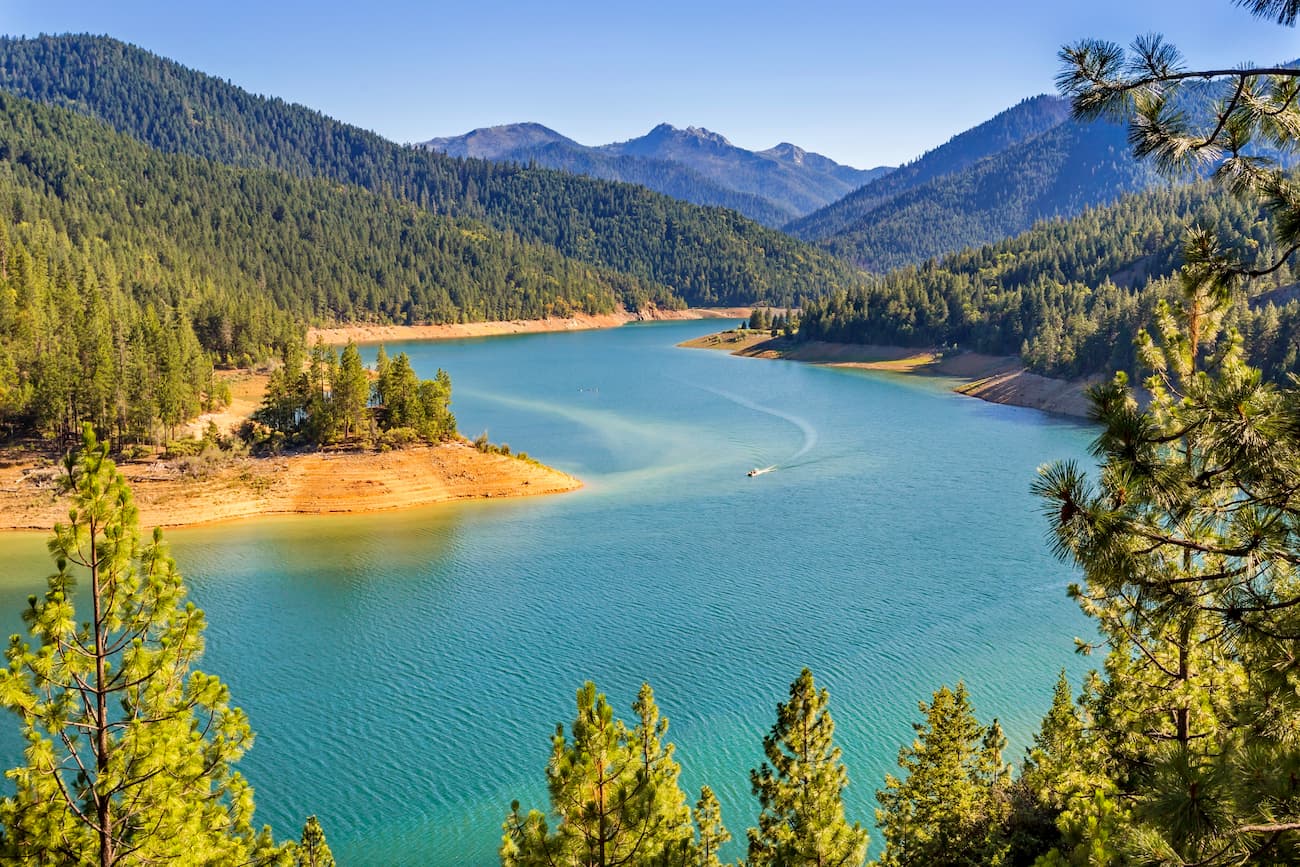
There are also a number of wilderness areas located within the Oregon portion of the Northwest US Coast Ranges, such as:
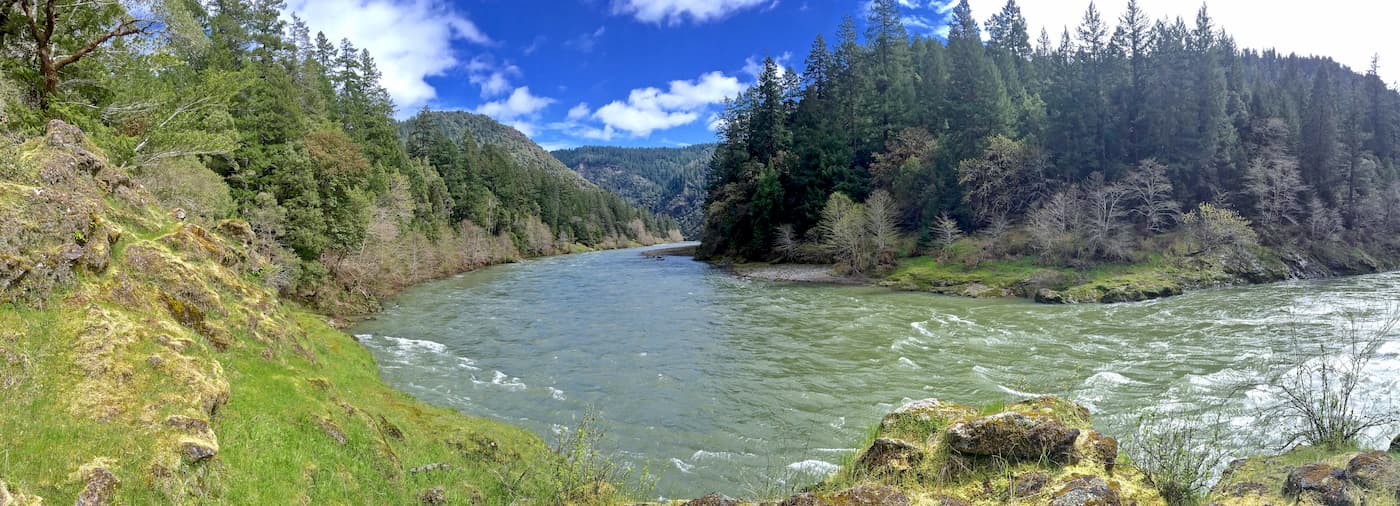
Washington is home to the northernmost portion of the Northwest US Coast Ranges. Within the state, the ranges begin at the Oregon border and continue northward to the west of Seattle and through the Olympic Peninsula, where they terminate in the Puget Sound to the south of Vancouver Island.
To the north of the range in Canada, the Northwest US Coast Ranges are bordered by both the peaks of the Northwest Coast Islands and the Canadian Coast Mountains. Like their neighbors to the south in Oregon, the Washington section of the range is separated from the very popular Cascade Range to the east by I-5.
The Washington portion of the Northwest US Coast Range is by far the smallest, but it is home to the very popular Olympic Mountains. Within this portion of the range, there are also a few major public lands, including:
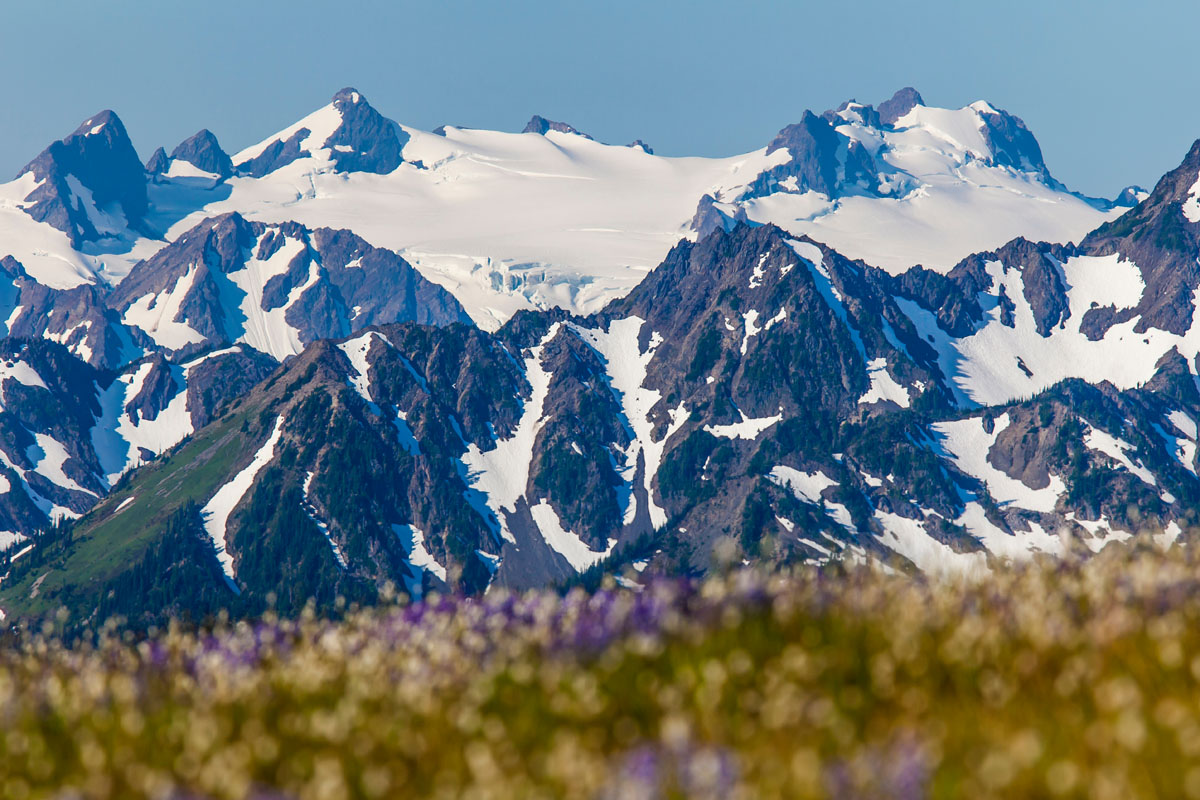
Geologically, the Northwest US Coast Ranges are part of a massive system of mountain ranges called the American Cordillera. The American Cordillera travels the length of the western regions of North and South America, from the northernmost parts of Alaska, all the way to the southern tip of Argentina and Chile.
Indeed, they are a continuation of a mountain system that’s often known as the Pacific Coast Ranges (or the Pacific Mountain System), which includes the Canadian Coast Mountains, the Northwest Coast Islands, and the Saint Elias Mountains to the north as well as the California Ranges and the Sierra Madre Occidental to the south.
The 3 major subranges of the Northwest US Coast Ranges - the Klamath Mountains, the Oregon Coast Range, and the Olympic Mountains - all have their own unique geological history.
However, they share a common origin as various small plates, including the ancient Farallon plate subducted under the west coast of the North American plate.
But, many parts of the region, particularly in the Klamath Mountains, are actually an accumulation of accreted terranes. Moreover, the Olympics are essentially uplifted and folded areas of oceanic crust that had accreted onto the North American Plate around this subduction zone.
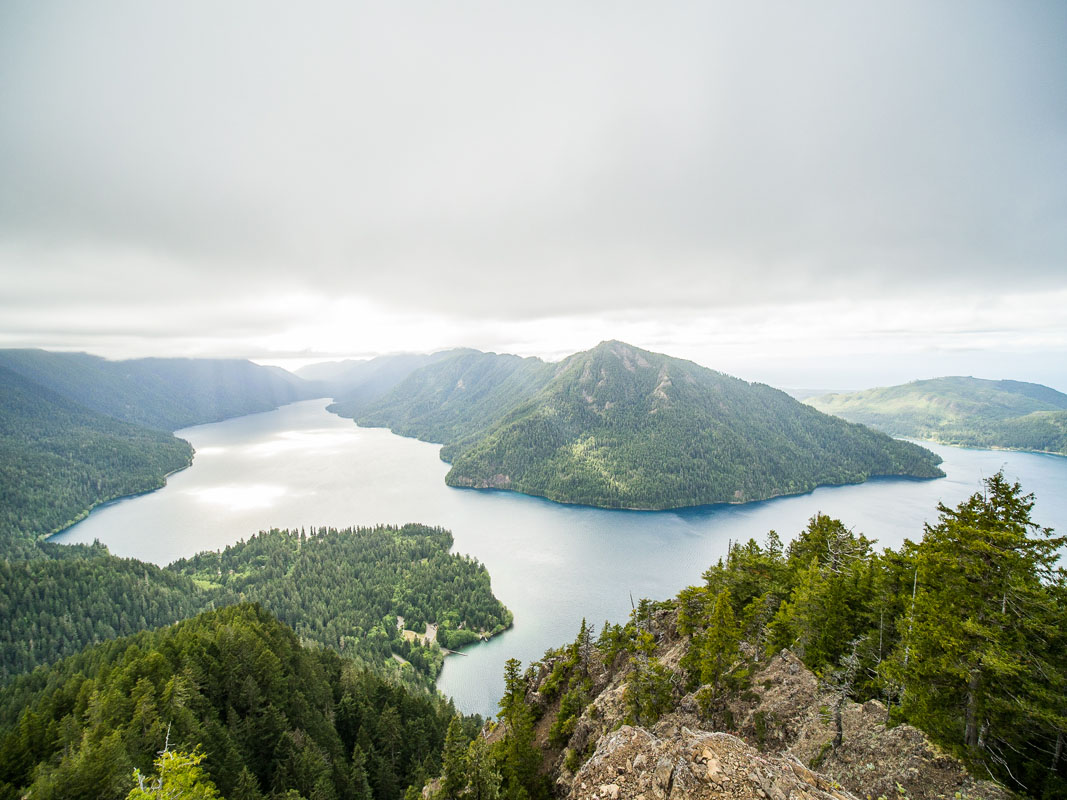
One interesting thing to point out about the geology of this range is that, unlike their neighbors to the east - the Cascade Range - the Northwest US Coast Ranges are not volcanic. Instead, much of the range is, as was previously mentioned, just an accumulation of accreted wedges that was smooshed onto the North American Plate throughout the subduction process.
The ecology of the Northwest US Coast Ranges is fairly similar throughout its extent, with the exception of the portion in the Klamath Mountains to the interior. There are 2 main ecoregions within the range.
Throughout the near coastal areas of northern California and the Oregon and Washington portions of our range, the landscape is dominated by the Coast Range Ecoregion.
This ecoregion sees a substantial amount of rainfall each year, which has allowed it to support 3 of the world’s tallest tree species - coast Douglas fir, coast redwoods, and Sitka spruce. There are plenty of other coniferous tree species in the region, including western red cedar and western hemlock.
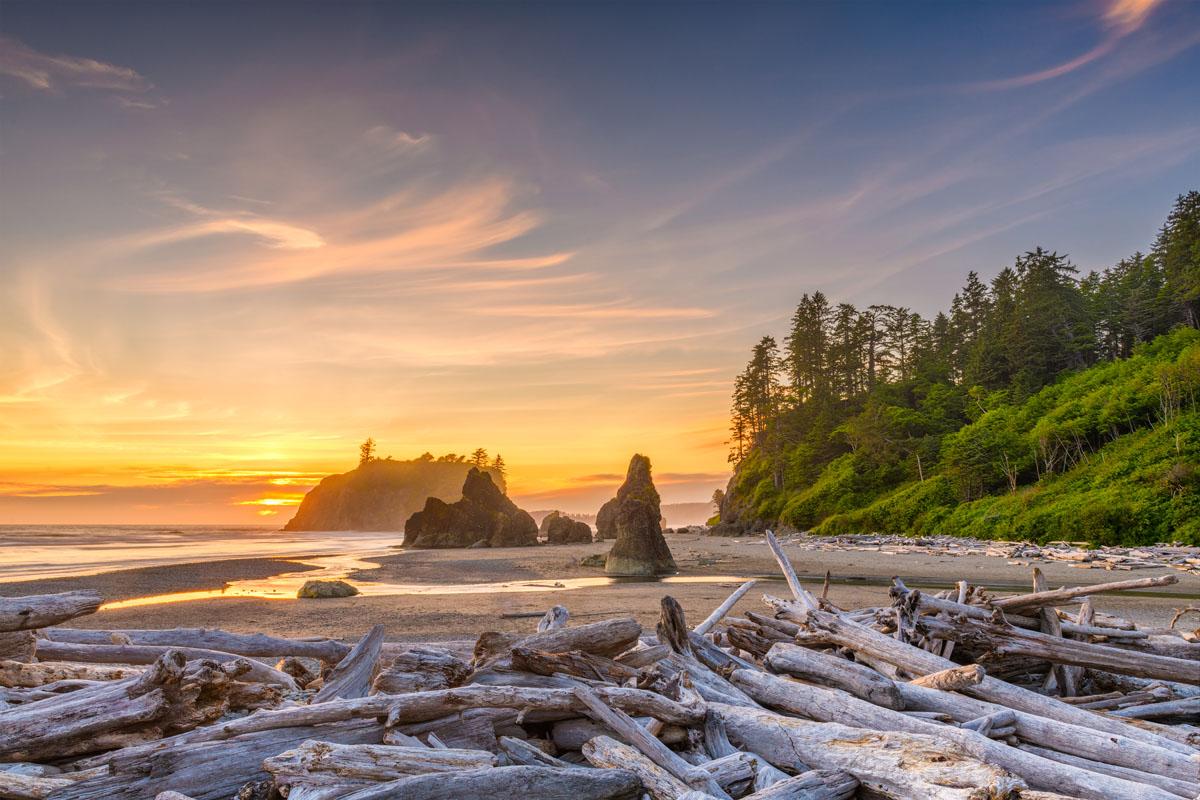
Many of the region’s low-lying coastal areas support streams that are important breeding grounds for both steelhead and chinook salmon.
Within the Coast Range Ecoregion there is also the Hoh Rainforest, which is located on the Olympic Peninsula and is mostly protected as part of Olympic National Park. As the name suggests, the rainforest is known for being exceptionally wet for a temperate rainforest.
This moisture supports a substantial amount of biodiversity as well as some truly impressively large trees, including Sitka spruce, western hemlock, coast Douglas fir, bigleaf maple, and western red cedar. Moreover, the rainforest is home to a large number of wildlife, including mountain lions, bobcats, black bear, Roosevelt elk, black-tailed deer, spotted owls, and even banana slugs.
Aptly named, the Klamath Mountains Ecoregion is found within the Klamath Mountains of northern California and southern Oregon. Interestingly, most of this ecoregion was unglaciated during the Pleistocene, which has given it a unique mix of flora and fauna.
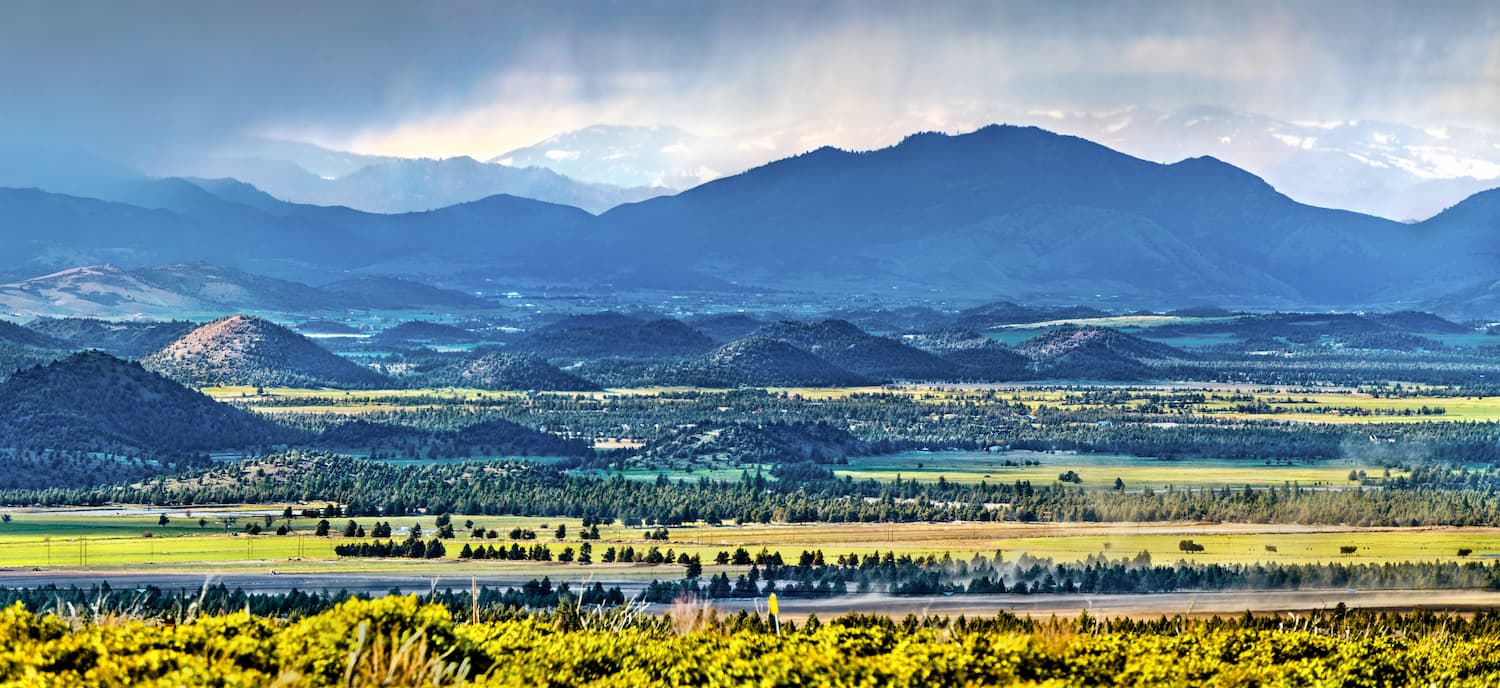
It has a number of different plant communities, which include everything from oak forests to savannas, alpine grasslands, and even temperate rainforests. Major tree species include coast Douglas fir, Lawson’s cypress, mountain hemlock, coast redwoods, pacific yew, white fir, red fir, sugar pine, and ponderosa pine.
The northwest coast of the United States, including the region in and around the Northwest US Coast Ranges, has been home to humans for thousands of years. Over the millenia, countless groups have lived in the region, including the Pomo, Wappo, Coast Miwok, Kashaya, Cahto, Waiklaki, Patwin, Yukian, Nomlaki, Wintu, Tsnungwe, Hoopa, Mattole, Sinkyone, Wiyot, Yurok, Karuk, Tolowa Dee-ni’, Takelma, Tututni, Coos, Umpqua, Siuslaw, Tillamook, Yamhill, Kalapuya, Chinook, Chehalis, Quinault, Skokomish, Klallam, Makah, and many others.
Perhaps the earliest Europeans to visit the area were people on Juan Rodríguez Cabrillo’s 1542 voyage up the west coast of North America. While Cabrillo’s ships sailed north past the San Francisco Bay area, however, they never landed in the region.
Many decades later in 1579, Sir Francis Drake was likely the first European to land in the southernmost part of the Northwest US Coast Ranges, though he and his party didn’t venture very far north.
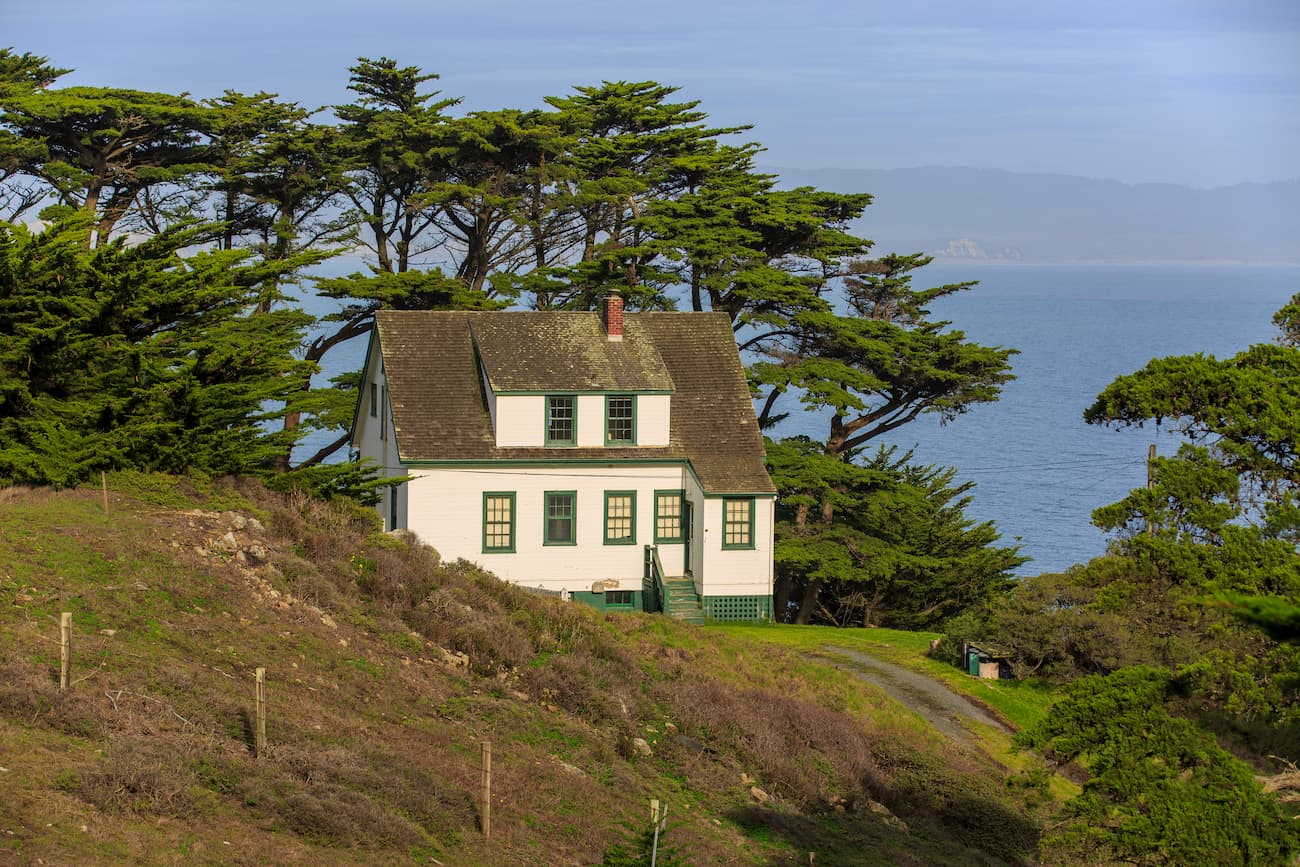
Some 200 years later, Gaspar de Portolá’s 1770 expedition began the Spanish settlement of the southern part of the range and the establishment of a number of missions. As a result, many of the Coast Miwok and other Indigenous peoples who lived in the region succumbed to violence, forced labor, and introduced diseases.
Meanwhile, in the more northerly parts of the range, Spanish navigator Juan Pérez was perhaps the first European to see the Olympic Mountains during his 1774 voyage. However, the region remained relatively unsettled by Europeans due to its rugged terrain.
Although the region that would become the city of Astoria, Oregon was visited by the Lewis and Clark Expedition in the early 1800s, much of the earliest non-Indigenous settlements in the area were focused around major waterways, such as the Columbia River.
Relatively few towns were established within the range due to its ruggedness, though there were some fairly large mining operations within the region after the height of the California Gold Rush. Coastal cities, such as Eureka, California, became important ports for the otherwise difficult to access region, helping to supply inland mines.
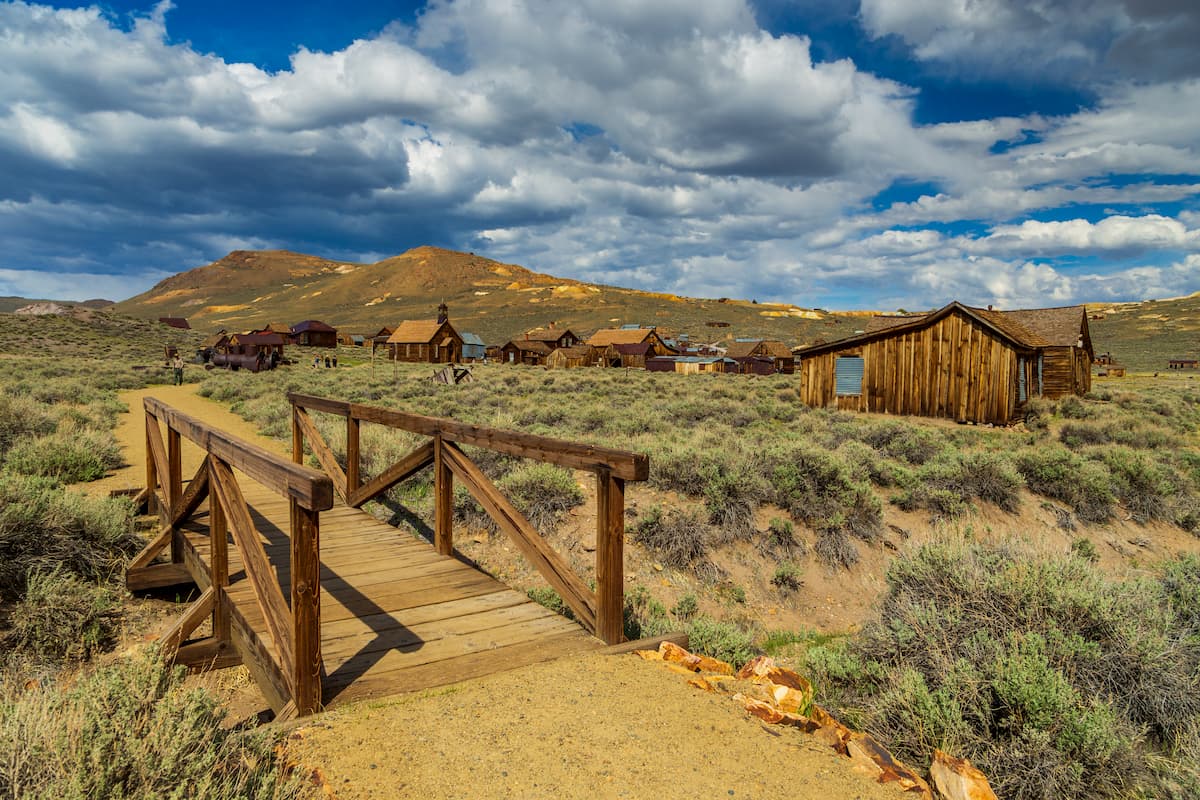
To this day, there are still relatively few towns along this rugged coastline and within the range when compared to the surrounding area. Many of the major towns, communities, and cities are located along the region’s major highways, either I-5 to the east or US Highway 101 along the coast.
However, the southernmost and northernmost parts of the Northwest US Coast Ranges are also located near some major population centers. As a result, they are home to some beloved areas of public lands which are particularly popular among outdoor recreationalists.
The Northwest US Coast Ranges are home to a large number of fantastic hiking areas. Here are some of the most popular places to check out.
Situated in the northernmost portion of the range, Olympic National Park is a large federally protected area that’s home to glaciated peaks, temperate rainforests, and exceptionally rugged coastlines. It contains 124 named mountains, the highest and most prominent of which is Mount Olympus.
Within the park, there are plenty of great hiking trails to check out, as well as an abundance of mountaineering opportunities. Some of the most popular attractions are the Hurricane Ridge area, the Hoh Rainforest, and Lake Crescent near Mount Storm King.
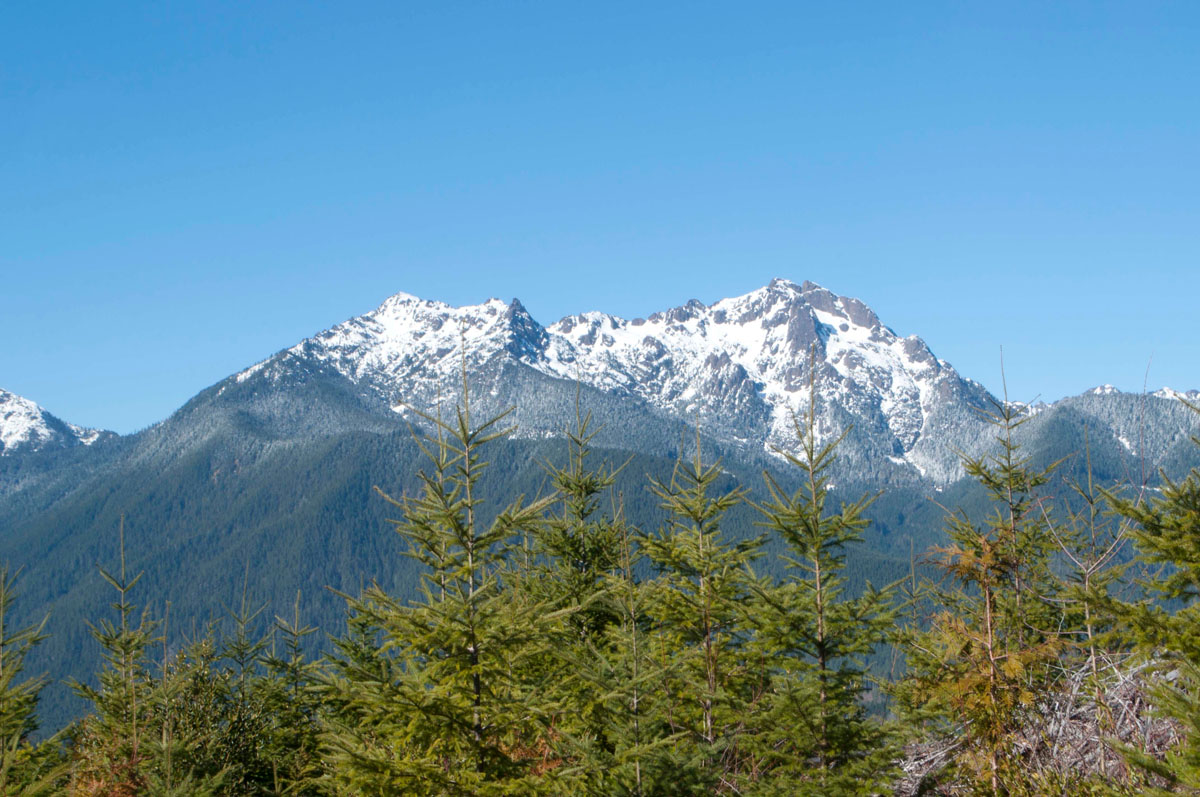
Situated along the northern coast of California, Redwood National Park is home to some of the oldest and biggest living beings on earth - the coast redwoods. This small park contains 5 named mountains, the highest of which is Coyote Peak and the most prominent of which is Rodgers Peak.
Although they are technically separate parks, visitors to the area can also check out Del Norte Coast, Jedediah Smith, and Humboldt Redwoods State Parks, which are also in the region. Do note, however, that Big Basin Redwoods State Park is not located in the range - it is just southwest of San Jose, California.
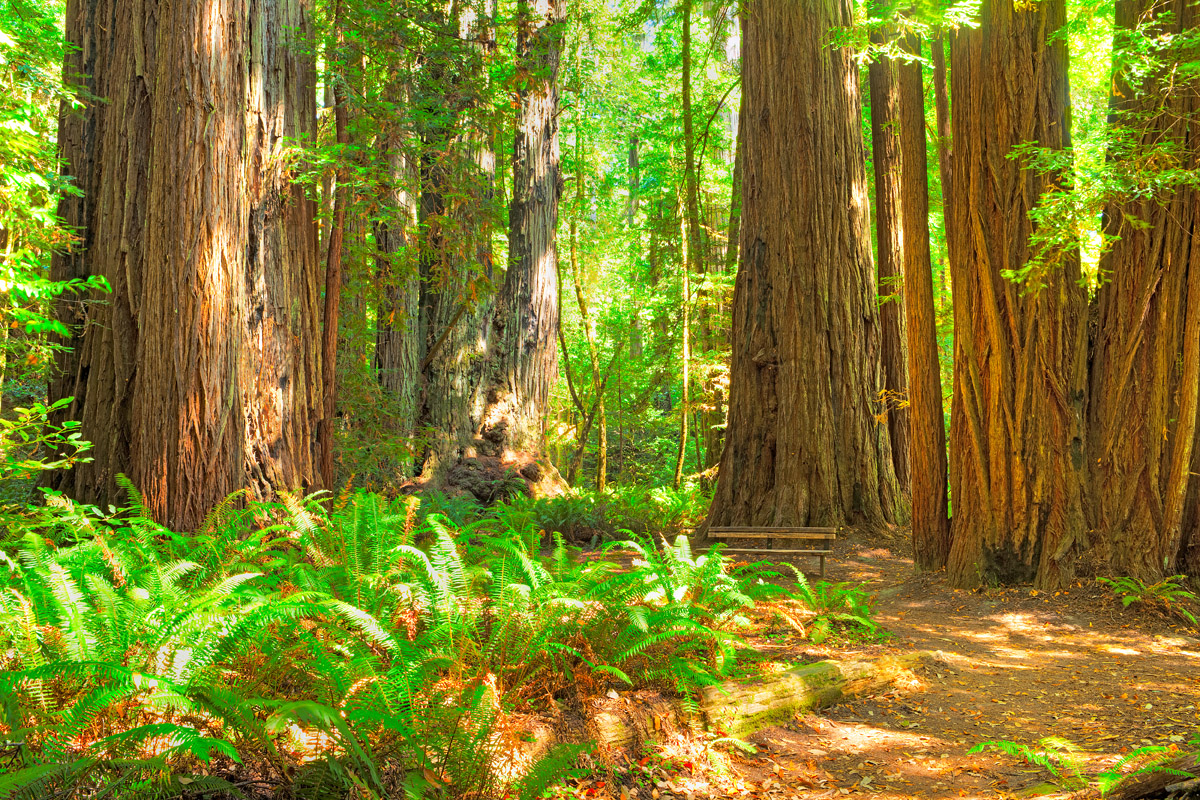
Within Redwood National Park, visitors can see firsthand these towering giant trees. There’s also 37 miles (59.5km) of rugged coastline and plenty of endemic plant species to check out. Plus you can head out and walk the over 200 miles of hiking trails in the various redwoods state and national parks during your visit.
Located along the rugged shoreline of Marin County, California, Point Reyes National Seashore is a stunning coastal area within the Northwest US Coast Ranges. It contains 6 named mountains, the highest and most prominent of which is Mount Wittenberg.
Within Point Reyes National Seashore is the popular Phillip Burton Wilderness. The wilderness is renowned for its ecological diversity and is actually home to a small subsection of the California interior chaparral and woodlands ecoregion. In the park, you can also get a chance to see one of the last remaining groups of Tule elk, which were almost hunted to extinction.
There are over 100 miles (160km) of hiking trails within the park, including the Mount Wittenberg Loop and the Bear Valley Trail.
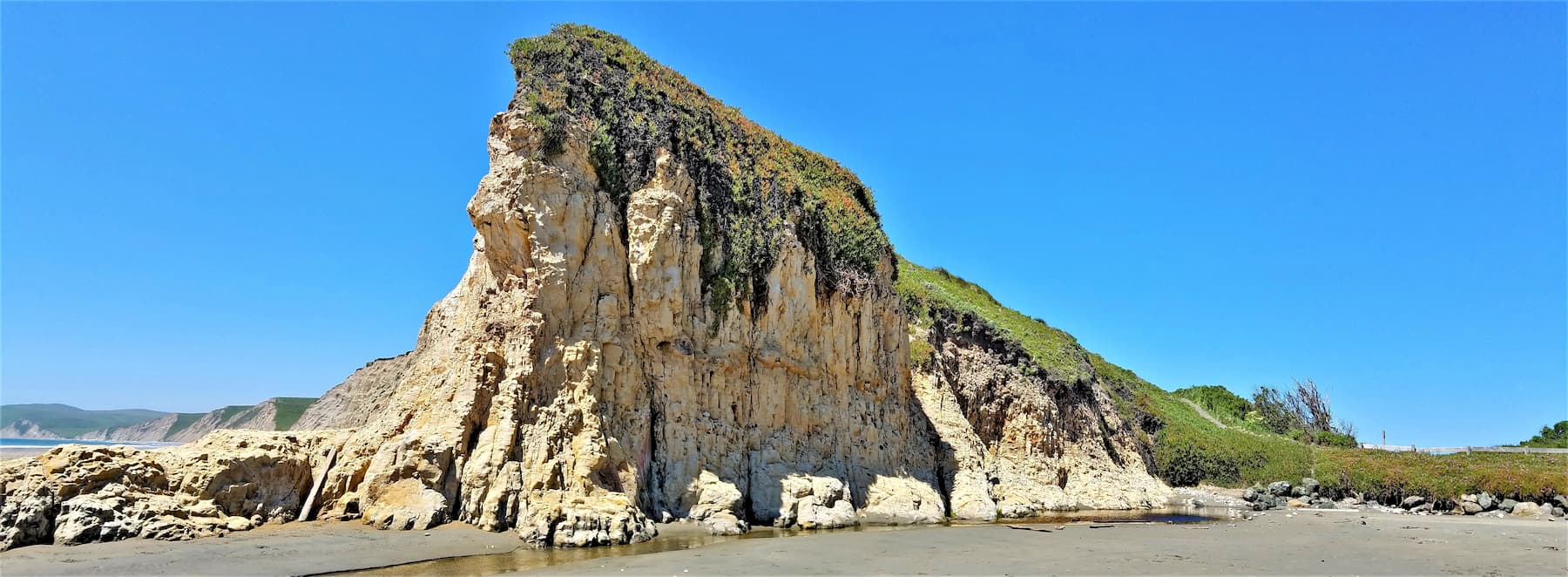
Situated to the north of the San Francisco Bay Area, the Berryessa Snow Mountain National Monument is a federally protected area that’s full of great outdoor recreation opportunities. There are 50 name peaks within the park, the highest and most prominent of which is Hull Mountain.
The park is a veritable treasure trove of ecological diversity, thanks to its serpentine soils. There are lush oak forests and large meadows of wildflowers located throughout the monument.
Within Berryessa Snow Mountain National Monument, there are 3 main wilderness areas - Snow Mountain, Cedar Roughs, and Cache Creek. The park is popular among outdoor recreationalists, who enjoy hiking, climbing, hunting, fishing, and even boating on Lake Berryessa.
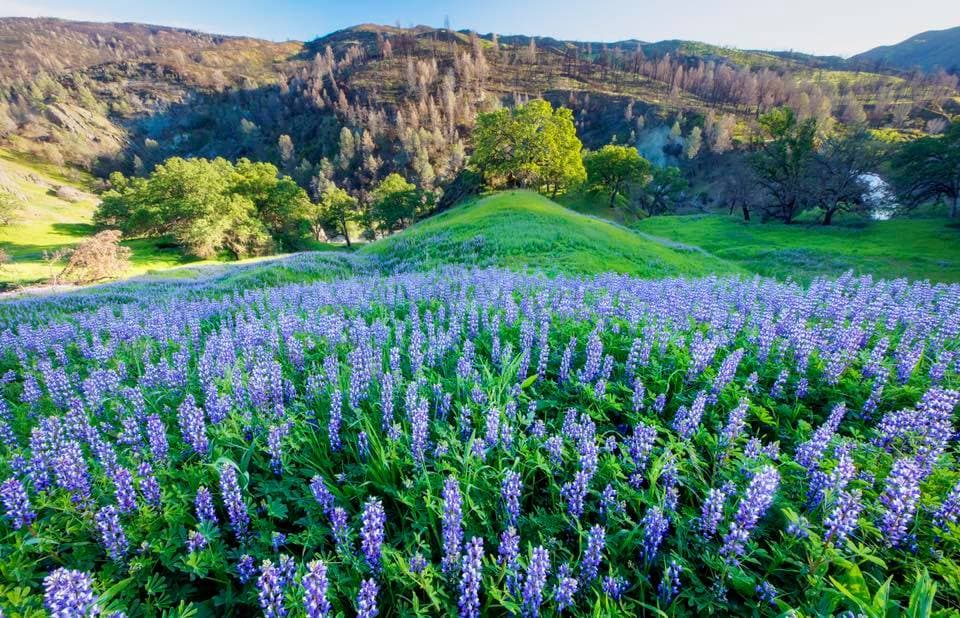
Although much of the Northwest US Coast Ranges is fairly remote, they’re are some sizable cities nearby. Here are some of the best places to check out:
San Francisco is home to over 880,000 residents. It is a cultural, commercial, and transportation hub for northern California. The city is located just south of the Northwest US Coast Ranges. San Francisco is well connected by road and it has a major international airport.
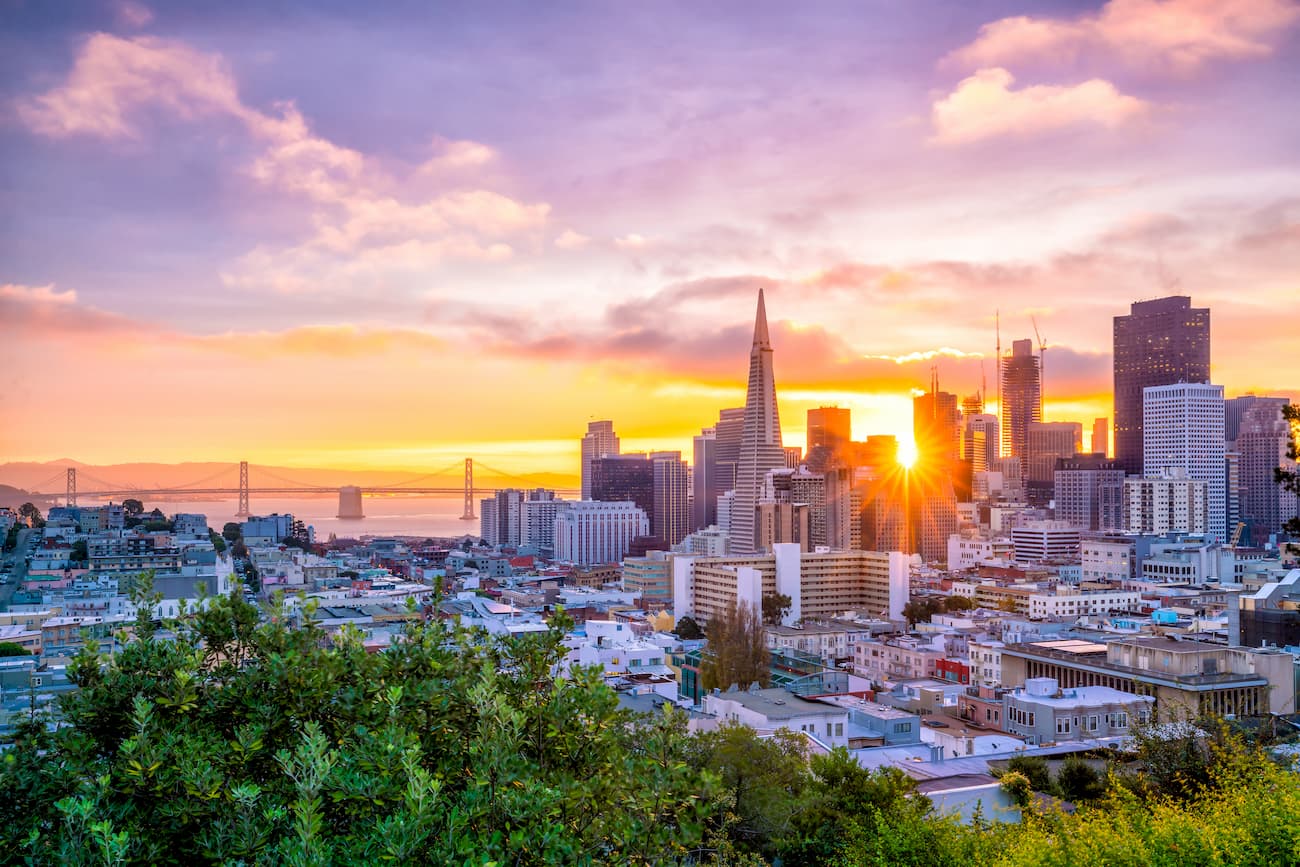
Eureka is the largest city in California’s northern coastal region between San Francisco and Portland, Oregon. It has over 27,000 residents and it is a cultural and commercial hub for much of northern California.
The city is located along US Route 101 and is home to a major fishing port. Eureka also gets regular flight service from its small airport to San Francisco and Los Angeles.
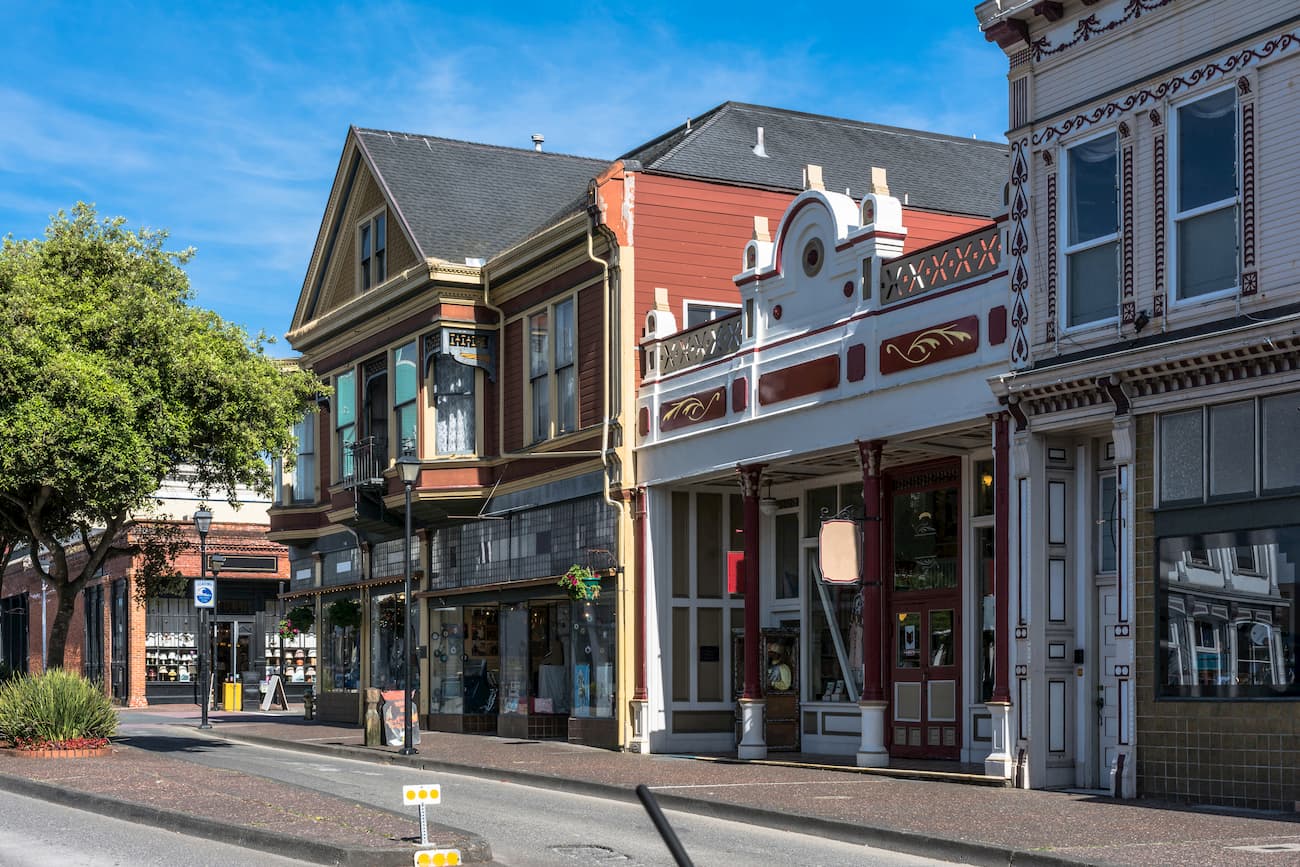
The city of Astoria is located at the mouth of the Columbia River on the northern border of Oregon. It is a major deepwater shipping port and is home to over 10,000 people.
Although dwarfed in size by the city of Portland to the east, Astoria is becoming an increasingly popular tourist destination. The city is home to a burgeoning arts scene, plenty of sport fishing opportunities, and a large number of microbreweries, which are popular among visitors.
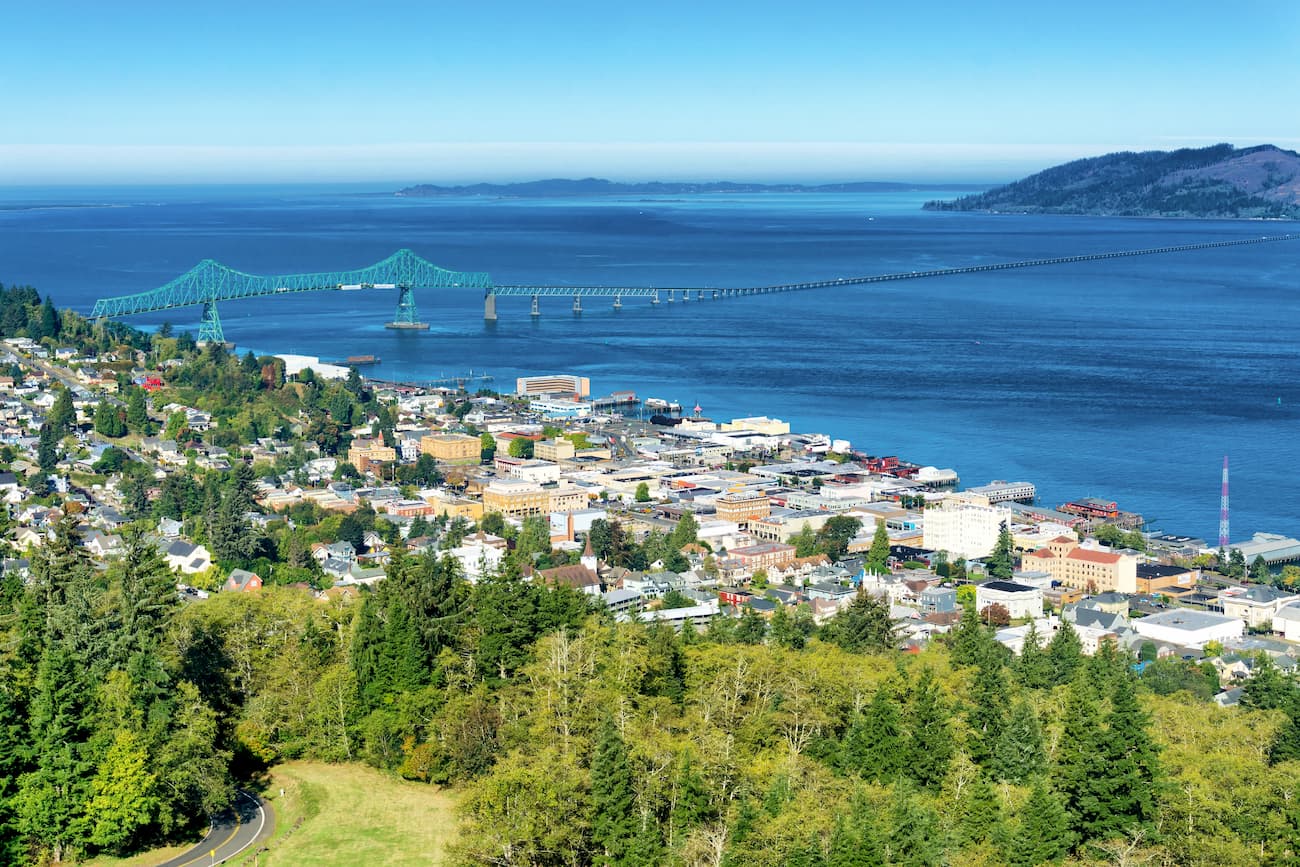
Seattle is the largest city (but not the capital) of the state of Washington. It is home to a rapidly growing population of over 750,000 people, thanks to its booming tech industry.
The city has long been a popular tourist destination. It has great transportation links around the state, including to the Olympic Peninsula and to the North Cascades for outdoor recreation. Seattle has a major international airport, which also serves as a major passenger air link with the state of Alaska to the north.
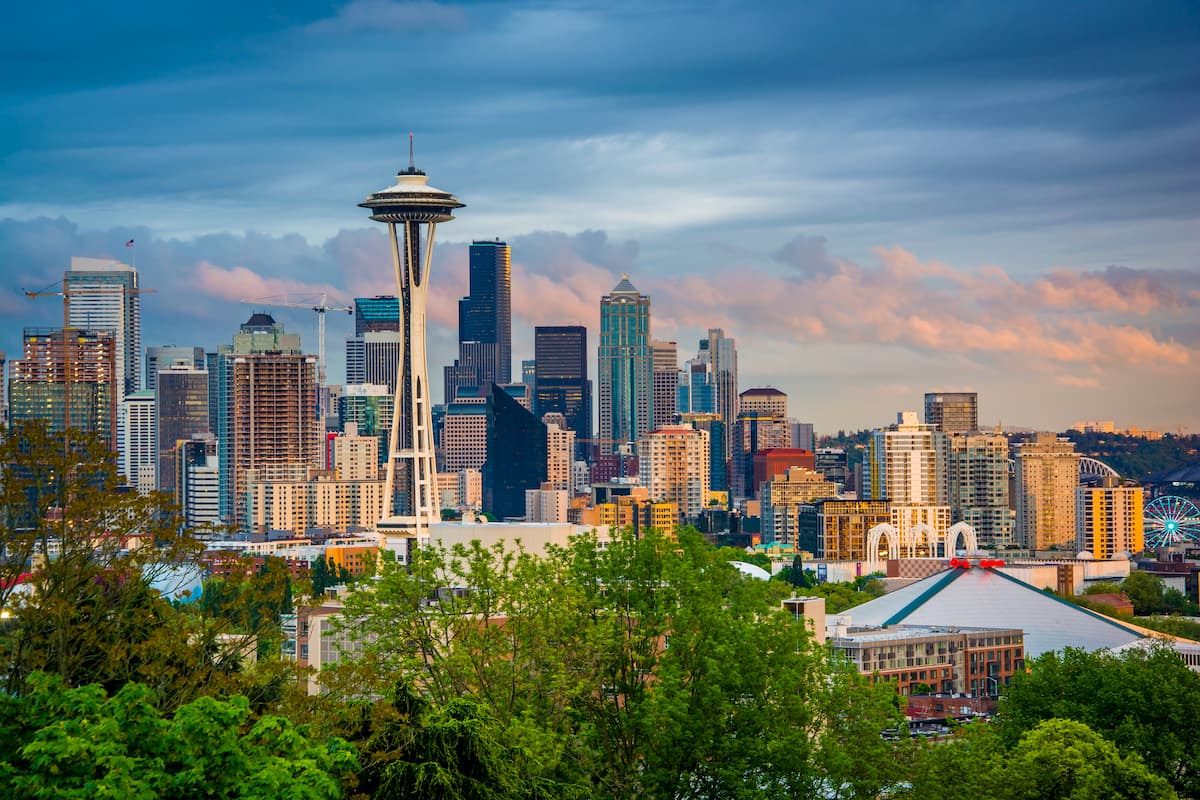
Explore Northwest U.S. Coast Ranges with the PeakVisor 3D Map and identify its summits.








ultra
western-state-climbers
california-coastal
california-ultras
ultra
glacier
olympic-6500ers
olympic-mountains-rain-forest-court
smoots-100
olympic-mountain-project
chemeketan-18-nw
mountaineers-6-peak-pin
mountaineers-5-peak-pin
mazamas-16-nw-award
washington-ultras
ultra
western-state-climbers
california-coastal
california-ultras
olympic-6500ers
olympic-mountains-rain-shadow-court
smoots-100
olympic-mountain-project
mountaineers-olympia
